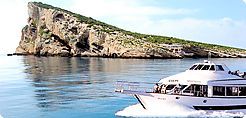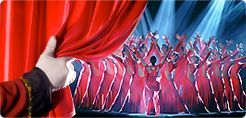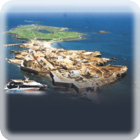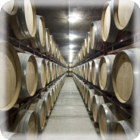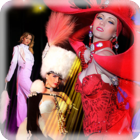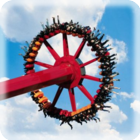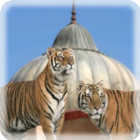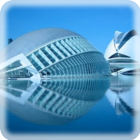Every June, as the summer solstice approaches, towns and coastal cities across Spain come alive with fire, water, and folklore in one of the most emblematic and ancient celebrations on the Iberian calendar: the Fiestas de San Juan (Festivals of Saint John). Rooted in both pagan and Christian traditions, this festival, celebrated primarily on the night of June 23rd to 24th, blends elements of seasonal ritual, religious observance, and popular culture. It is especially prominent in regions such as Catalonia, Valencia, Galicia, and Andalusia, and is most spectacular in the coastal towns where the beach becomes the epicenter of revelry.
The origin of the Fiestas de San Juan predates Christianity. These midsummer festivals were initially pagan celebrations of the summer solstice, the longest day of the year, marked by rituals of fire and fertility. Fire was believed to ward off evil spirits, purify, and renew. Ancient Iberian and Celtic peoples lit bonfires and danced around them, invoking the sun and celebrating the power of nature.
With the spread of Christianity, the Church rebranded these solstice rites to commemorate the birth of Saint John the Baptist on June 24th—one of the few saints whose birth, and not death, is celebrated. The transformation was strategic, allowing the preservation of ancient customs under a Christian veneer.
Despite regional variations, several symbols and practices define the Fiestas de San Juan:
Fire: Bonfires and Fireworks
Fire remains the heart of the festival. In towns and cities across Spain, bonfires ("hogueras") are built on beaches, village squares, and mountain tops. According to tradition, jumping over the flames three times brings good luck and cleanses the soul. In Valencia and Alicante, elaborate wooden structures known as "ninots" are burned, echoing the style of Las Fallas.
Fireworks and firecrackers are omnipresent, especially in Catalonia where "petardos" and "cohetes" light up the night sky in noisy celebration. Water: Purification and Renewal
Water plays a balancing role to fire. On the coast, it is customary to bathe in the sea at midnight, a practice believed to bring good health, fertility, and protection for the year ahead. Some regions, like Galicia, also emphasize the use of herbs and floral infusions, believed to gain special powers when collected on the eve of San Juan and left out overnight in dew.
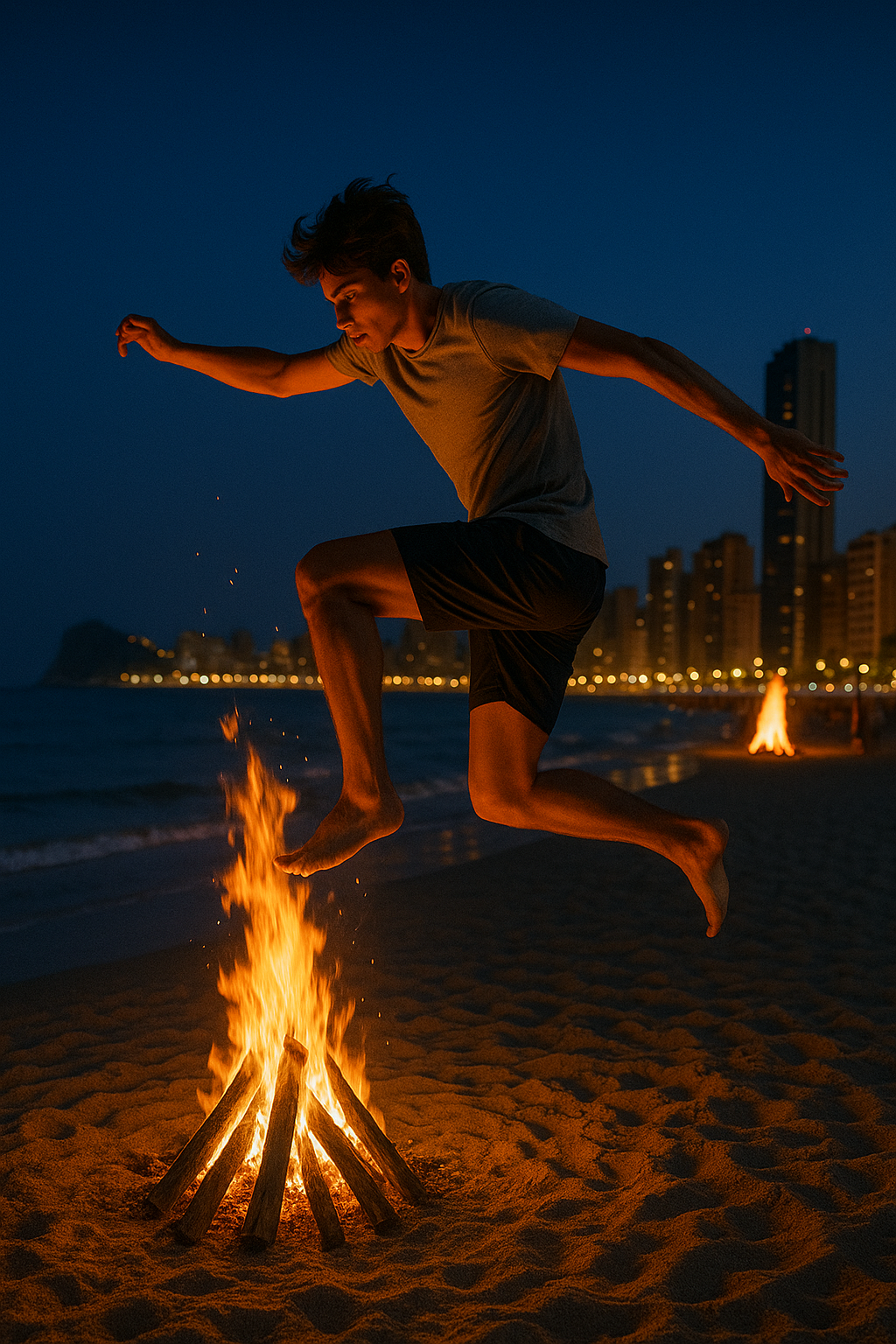 Wishes and Magic
Wishes and Magic
San Juan is a night of magic, deeply tied to folklore and superstition. People write wishes or regrets on slips of paper and burn them in the bonfire, symbolizing letting go of the past and invoking a better future. In some areas, people jump backward over waves or the flames while making a wish.
Regional Variations
• Alicante: Perhaps the most famous celebration, known as Las Hogueras de San Juan, features a full week of parades, beauty pageants, fireworks competitions, and the spectacular burning of large papier-mâché monuments on the night of June 24.
• Galicia: Known for its mystical character, Galicia blends Celtic folklore into the night. The drink queimada, made from aguardiente, sugar, and coffee beans, is set alight while a spell or “conxuro” is recited to ward off evil spirits.
• Catalonia: In Barcelona and other Catalan towns, people celebrate with revelries on the beach, bonfires, firecrackers, and the traditional "Coca de Sant Joan", a sweet bread often topped with candied fruit and pine nuts.
• Andalusia: In cities like Málaga and Cádiz, the beach gatherings are lively, with sardine barbecues, music, and dancing lasting until dawn.
Though still rooted in tradition, San Juan celebrations have evolved into popular summer festivals that also embrace music festivals, DJs, and tourism. In recent decades, environmental awareness has led to some regulation of bonfires and fireworks, especially in areas prone to wildfires or sea pollution.
Despite modernization, the essential spirit of San Juan remains: a night when light triumphs over darkness, when community gathers around elemental forces, and when the boundaries between the natural and the supernatural seem to dissolve.
The Fiestas de San Juan in Spain stand as a vibrant testimony to the country's layered cultural history, where ancient solstice rites live on beneath the symbols of Christianity, and where every fire lit is both a celebration of light and a purification of the past. Whether one is drawn by the folklore, the community spirit, or simply the joy of midsummer revelry, San Juan continues to cast its age-old magic across the Spanish landscape.


